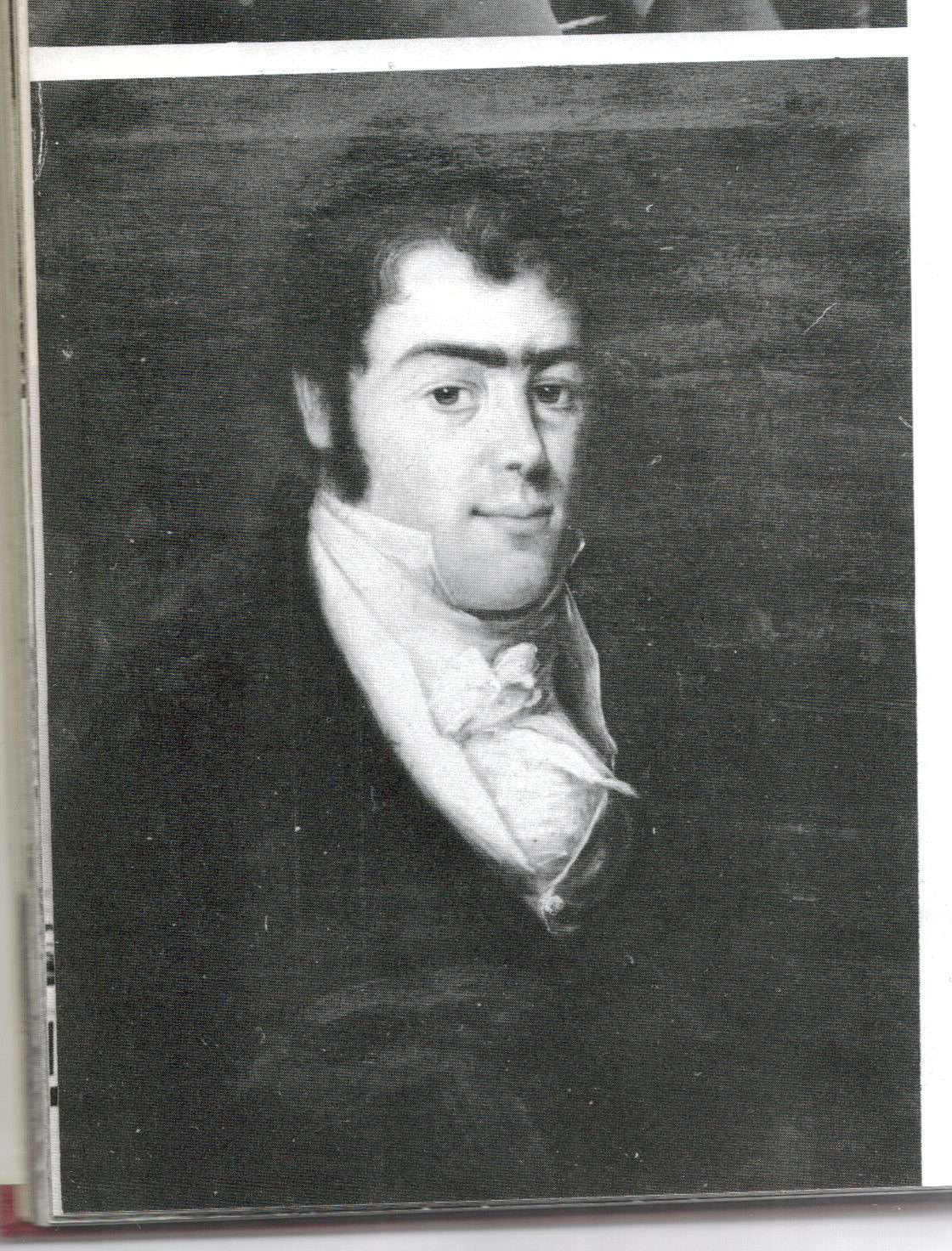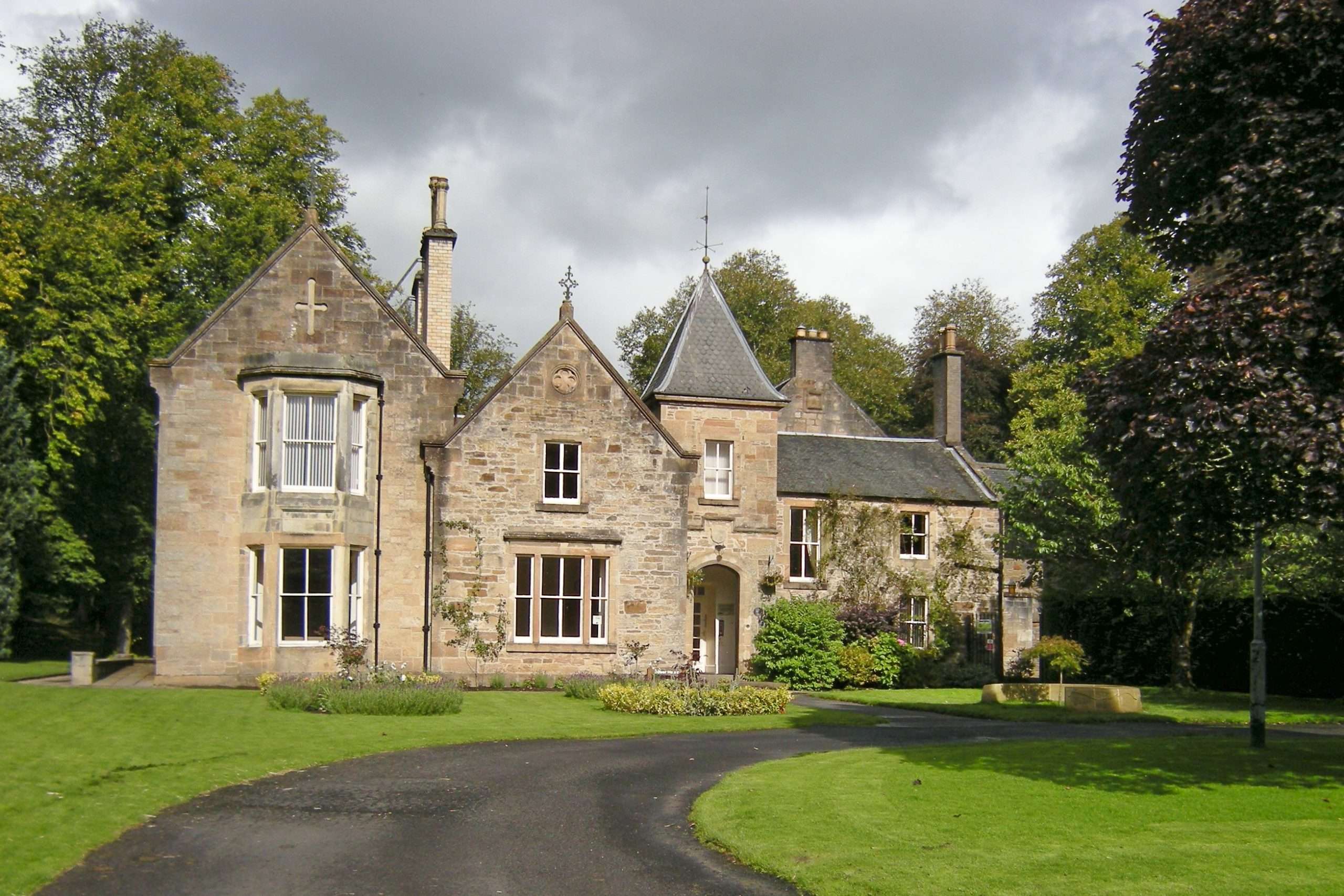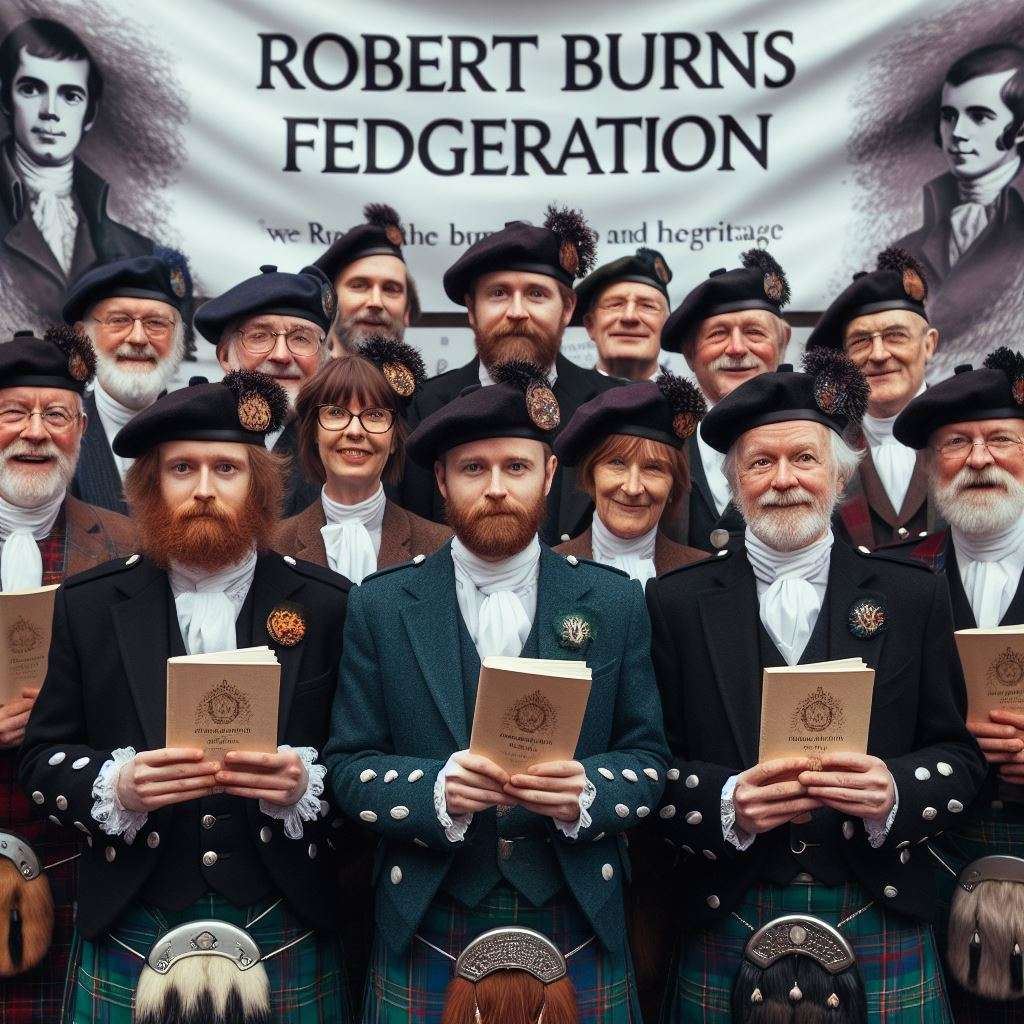Anne-Mary Paterson looks into the beginnings of the Robert Burns World Federation, and the man whose idea it was.
Westminster Abbey may seem a strange place for the birth of a global Scottish institution. On 7th March 1885, one year after the one hundred and twenty-fifth anniversary of Robert Burns’ birth, David Mackay and a couple of friends were attending the unveiling of a bust of Burns in Poets’ Corner. Walking along the Thames Embankment afterwards, David suggested to his fellow companions, David Sneddon and Colin Rae Brown that there should be an organisation that Burns Clubs and Scottish Societies around the world could join in order “to strengthen and consolidate the bond of fellowship currently existing among members of Burns Clubs.” The idea did not lie stagnant for long because on 17th July 1885, the inaugural meeting of the Burns Federation took place at the George Hotel, Kilmarnock.
At this time, David Mackay was secretary of the Kilmarnock Burns Club, one of the oldest dedicated to the bard. David was born in Kilmarnock in 1844, the youngest of four brothers and one sister. David’s first job after school was as a clerk in the Registrar’s office. After two years, he moved to the grocery firm of Wm. Rankin & Son. Later on in the 1860s, he and his brother Adam took over the licensed grocery business of William Wallace & Co. This business was failing so the two brothers had to work hard to restore its fortunes and for it to become one of the most respected businesses in Kilmarnock.
In 1881, David was elected to the Kilmarnock Council. However, in 1887 due the pressures of his expanding business he stood down only to be re-elected in 1891. December of that year was to bring tragedy when his wife Alice died of pneumonia aged forty-four. He was a staunch Conservative and was one of the people instrumental in establishing Kilmarnock’s Conservative Club. However, he was not bigoted in his ideas. Maybe he would not have disapproved of the adoption of Burns’ works by communist countries because of the poet’s supposed left-wing ideas. David was a very sociable and hospitable person and was involved in the bowling club and in winter with curling. He was also a keen angler. These activities must have contributed as well to the success of his business.
Freemason

Colin Rae Brown, one of his companions, was born in Greenock in 1821. He was involved in publishing, and this took him to London in 1862 where he founded the London Burns Club. While still in Glasgow, one of the newspapers he assisted in promoting was the Daily Bulletin, the first regular daily penny paper in Scotland. In it, he started the idea that there should be a national memorial to William Wallace. The now prominent monument on Abbey Craig, Stirling was completed in 1861. The other, David Sneddon was born in Airdrie. In 1843, he came to Kilmarnock to take up a post as an excise man, not unlike Burns himself. Known as a man of great energy, he soon joined the Kilmarnock Burns Club. He was also involved in the Volunteer Movement serving in the First Volunteer Battalion of the Royal Scots Fusiliers. This led to his nickname The Captain.
Seventeen men attended the meeting at the George Hotel. Fourteen were from the Kilmarnock Club, two from Glasgow and Rae Brown from London. As David Mackay had suggested the idea of the federation in London, Rae Brown expressed a wish for the London Club to be designated the Number One club on the Federations Roll. This concept was mirroring the way Masonic Lodges are numbered. Many of the people attending the meeting were Freemasons as were Mackay, Rae Brown and Sneddon.
However, they would be mindful as well that Robert Burns himself was a freemason for most of his short adult life. When he died, he was senior warden of the lodge in Dumfries. Masons are proud of the fact that many of his poems have Masonic content, in particular A Man’s a Man for a’ That. Having persuaded David Mackay that the London club should be the number one, Sneddon, with a twinkle in his eye, put forward the idea to the meeting. If there had been a vote, he would certainly have lost. He then read out the roll with London as number one but Kilmarnock was number zero, still giving it the distinction of being the premier club.
People’s Poet

The Dalry Club established in 1825 claims to be the oldest. However, Kilmarnock was important in Burns life as it was here that John Wilson published the Kilmarnock Edition of his first poems. Because of money problems, Burns was considering emigrating to Jamaica and the publication was to finance this. All six hundred and twelve copies sold in a month so he changed his mind, deciding that perhaps his work was of some worth. Membership of the Federation was slow to begin with but as news spread of the benefits of friendship and bonding particularly for clubs overseas, applications increased from around the world.
Now the Federation is involved in promoting the poet in more ways including work with schools and students and conserving buildings and places associated with Burns. Around three hundred clubs, mostly in the English-speaking world, are members, as well as several hundred individuals. His poems have been translated into many languages including Russian, Since the days of the Czar, throughout the Communist years and up to the present day, he is regarded as Russia’s “People’s Poet.”
In the twenty-first century The Robert Burns World Federation as it is now called, is truly international but its headquarters are still in Kilmarnock at 3a John Dickie Street. Prior to this it was at the Dower House, Dean Castle Country Park. Dean Castle once belonged to the Earl of Glencairn, the man who encouraged Burns to go to Edinburgh after the success of the Kilmarnock Edition of his poems. As clubs around the world toast the haggis on Burns Night, perhaps three Victorian gentlemen are looking down, satisfied with their work.

